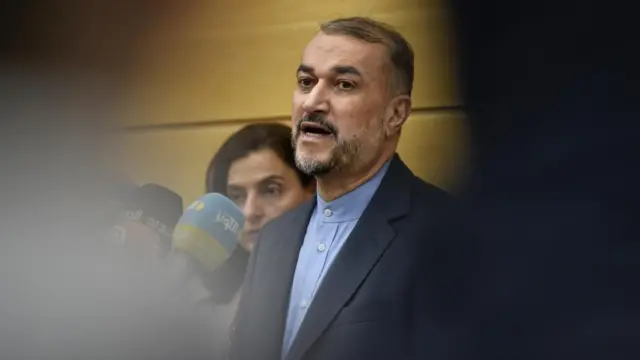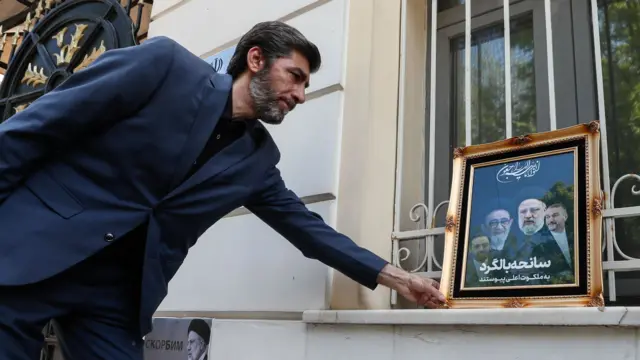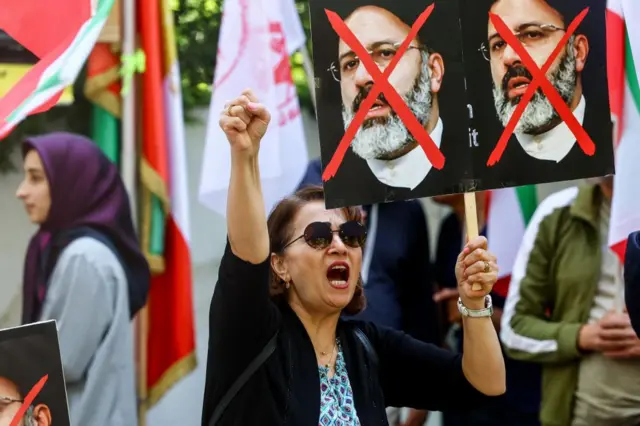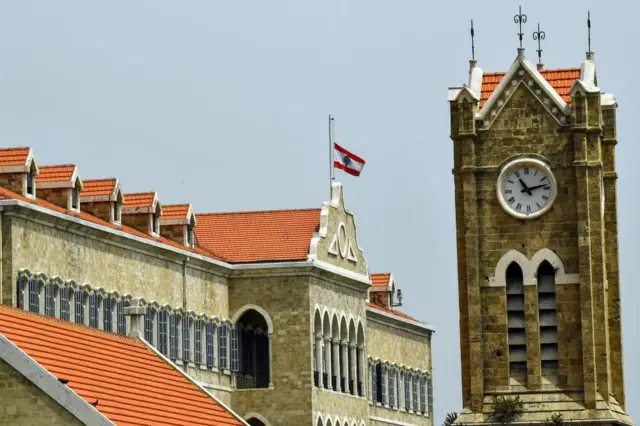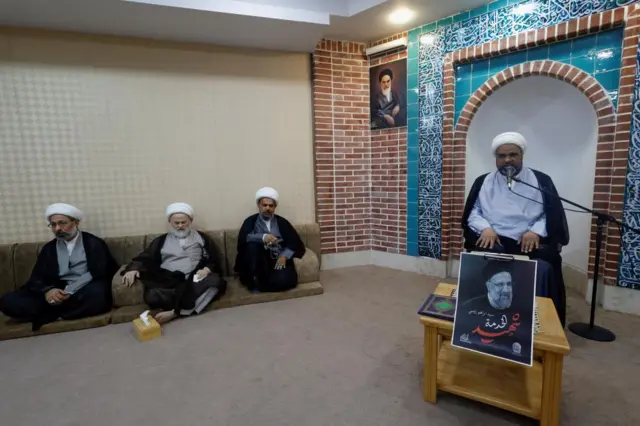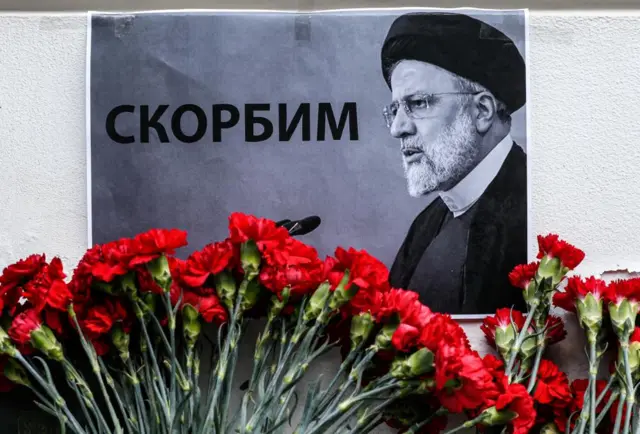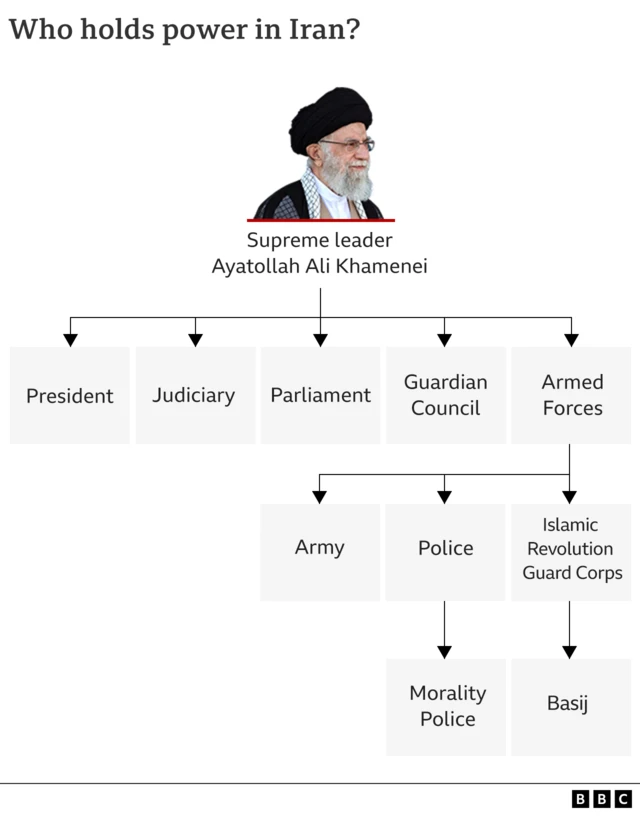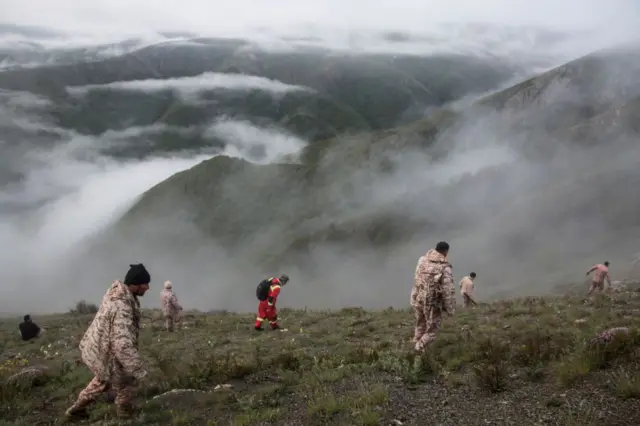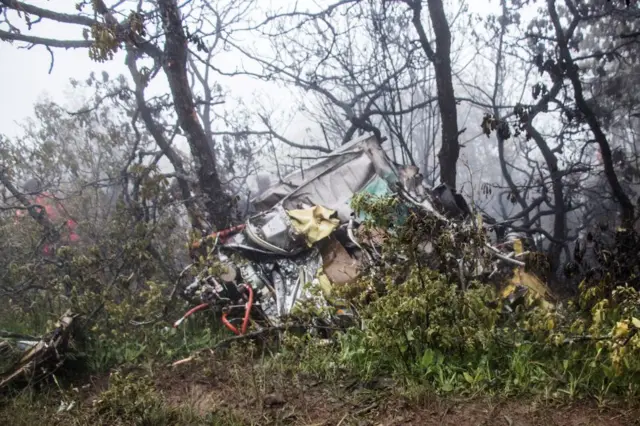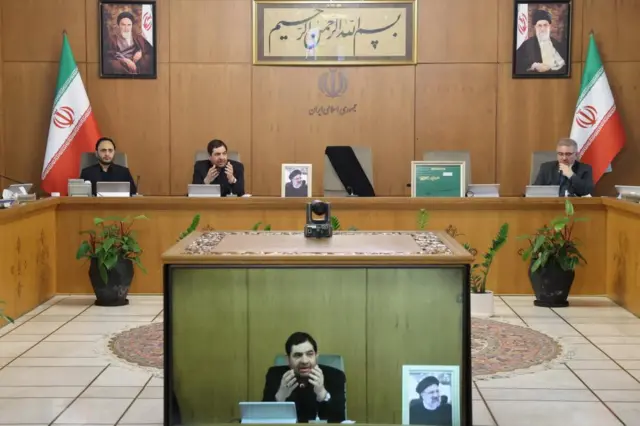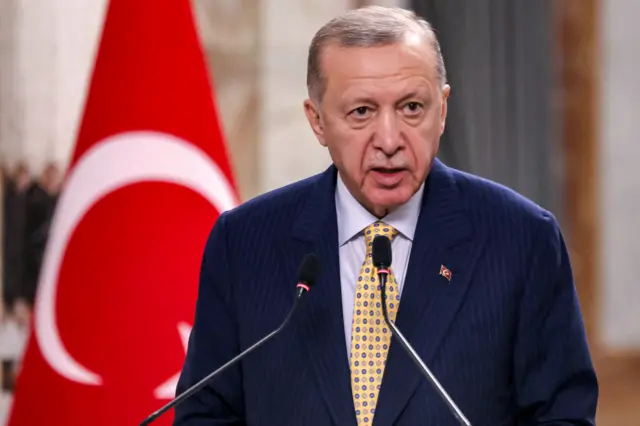What's the latest?published at 15:16 BST 20 May 2024
- Iran has declared five days of public mourning after Iranian President Ebrahim Raisi was killed in a helicopter crash in north-west Iran alongside seven others, including Tehran's foreign minister. The crash happened close to Iran's border with Azerbaijan, where Raisi had been meeting President Ilham Aliyev
- Raisi's funeral will take place tomorrow, and for the next seven days cultural activities have been cancelled
- Mohammad Mokhber has been appointed as acting president, and Bagheri Kani, who was deputy foreign minister, is now foreign minister
- In the West, leaders from the EU, Nato and the International Atomic Energy Agency (IAEA) offered their condolences as Iran mourns its fallen leader
- Iran-backed groups Hezbollah, Hamas and the Houthis, who are proscribed as terrorist organisations by many countries in the world, have also expressed their condolences to the people of Iran
- The cause of the helicopter crash remains unclear, but Russia (Tehran's close ally) has offered its help with the investigation
- Interim President Mokhber has already addressed a cabinet meeting in Tehran, but standard procedure dictates that new elections are expected to be held in the next 50 days
- Raisi's death has stirred a range of reactions across the world, from protesters gathering outside the Iranian embassy in Berlin to flags flying at half-mast in Moscow, Beirut and elsewhere
